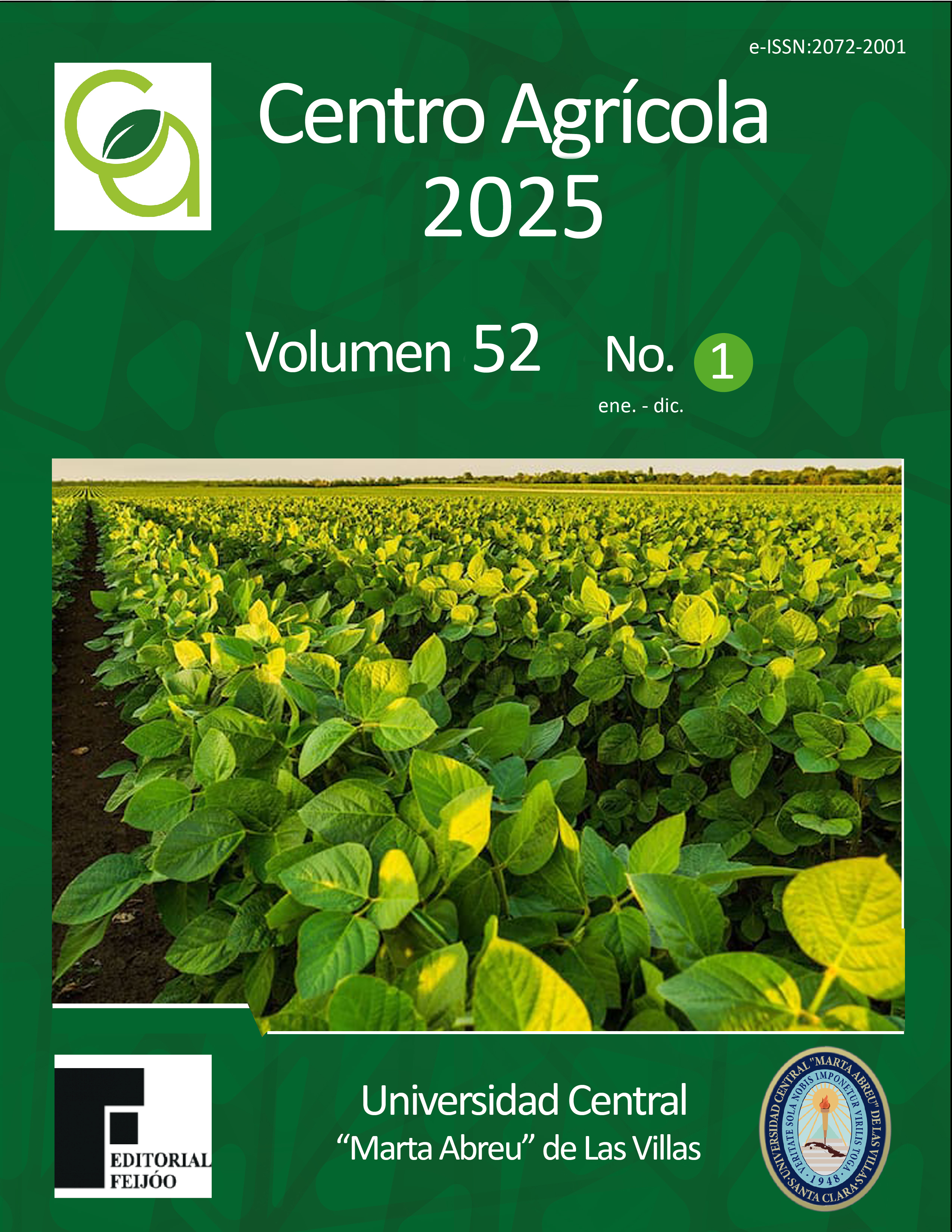CF: cag261232414
ARTÍCULO DE INVESTIGACIÓN
Gestión de riesgo y alerta temprana para la sequía y huracanes en Villa Clara
Risk management and early warning for drought and hurricanes in Villa Clara
Rosabel Rodríguez Rojas*
Amaury Machado Montes de Oca
Meylin Otero Martín
Centro Meteorológico Provincial Villa Clara, Santa Clara 50100, Cuba
*Correspondencia: Esta dirección de correo electrónico está protegida contra spambots. Usted necesita tener Javascript activado para poder verla.
RESUMEN
Contexto: En 2017 la sequía meteorológica llegó a afectar el 81% del territorio nacional. De los 242 embalses del país, 151 disponían de menos del 50% del llenado útil, con una situación más crítica en 26 que se encontraban totalmente secos. A tal efecto, instituciones nacionales realizan el diagnóstico de este fenómeno de forma homogénea en todas las provincias, de modo que cada territorio pueda contar con la información oportuna y certera acerca del comportamiento de este fenómeno extremo.
Objetivos: Fortalecer el sistema de alerta y acciones tempranas (SATs), mediante el reforzamiento de la vigilancia agro e hidrometeorológica de la sequía y huracanes.
Métodos: Se empleó el sistema de alerta temprana y de vigilancia de la sequía en Cuba, así como del monitoreo de huracanes.
Resultados: El procedimiento permitió fortalecer el sistema de gestión de riesgo para proteger la Soberanía y Seguridad Alimentaria y Nutricional a nivel local, ante huracanes y sequías. Generó nuevos productos y se fortalecieron los ya existentes.
Conclusiones: Se fortalece el SATs de la provincia, mediante el reforzamiento de la vigilancia agro e hidrometeorológica en los municipios involucrados, facilitando su réplica en otros territorios y contextos. Los productos obtenidos contribuyeron a incrementar la resiliencia de la sociedad y propiciar la toma de decisiones más sólidas de planificación e inversión.
ABSTRACT
Context: In 2017, meteorological drought affected 81% of the national territory. Of the 242 reservoirs in the country, 151 had less than 50% useful filling, with a more critical situation in 26 that were completely dry. To address this, national institutions conduct homogeneous diagnostics of this phenomenon across all provinces so that each territory can have timely and accurate information about this extreme phenomenon’s behavior.
Objectives: To strengthen the early warning and early action system (EWAS) by enhancing agricultural and hydrometeorological monitoring of droughts and hurricanes.
Methods: The early warning and drought monitoring system in Cuba, as well as hurricane monitoring were used.
Results: The procedure allowed for the strengthening of the risk management system to protect Sovereignty and Food and Nutritional Security at the local level against hurricanes and droughts. It generated new products and reinforced existing ones.
Conclusions: The EWAS in the province are strengthened through enhanced agricultural and hydrometeorological monitoring in the involved municipalities, facilitating its replication in other territories and contexts. The obtained products contributed to increasing societal resilience and enabling stronger decision-making for planning and investment.


